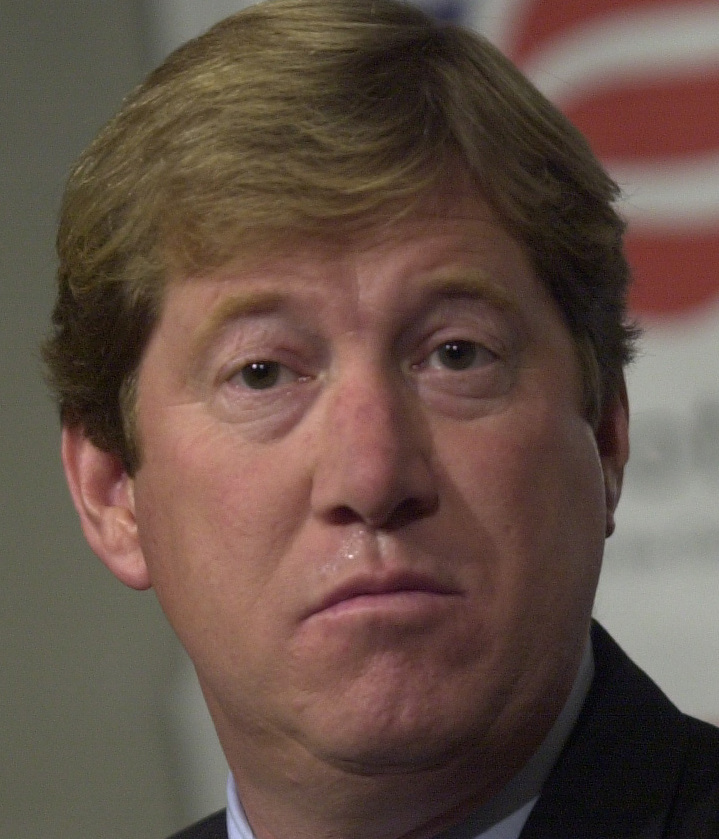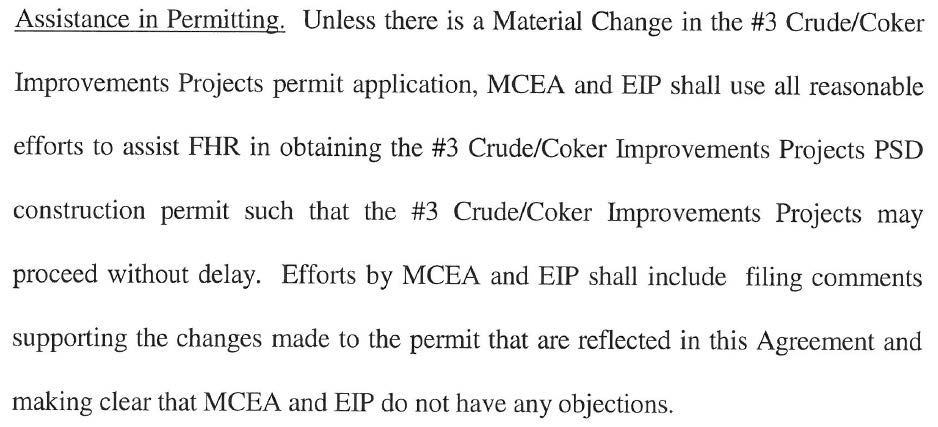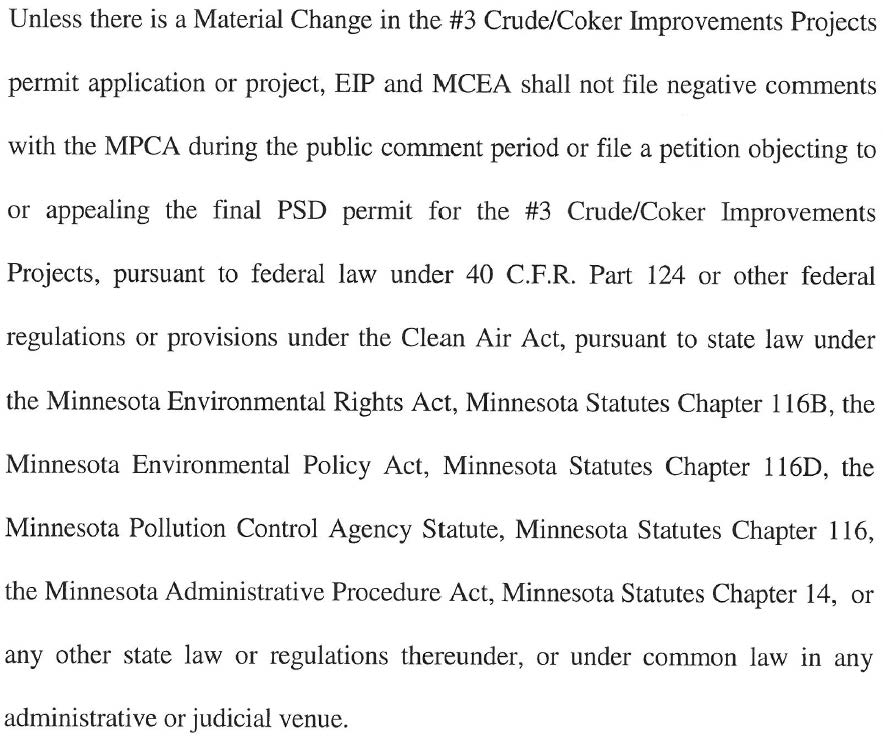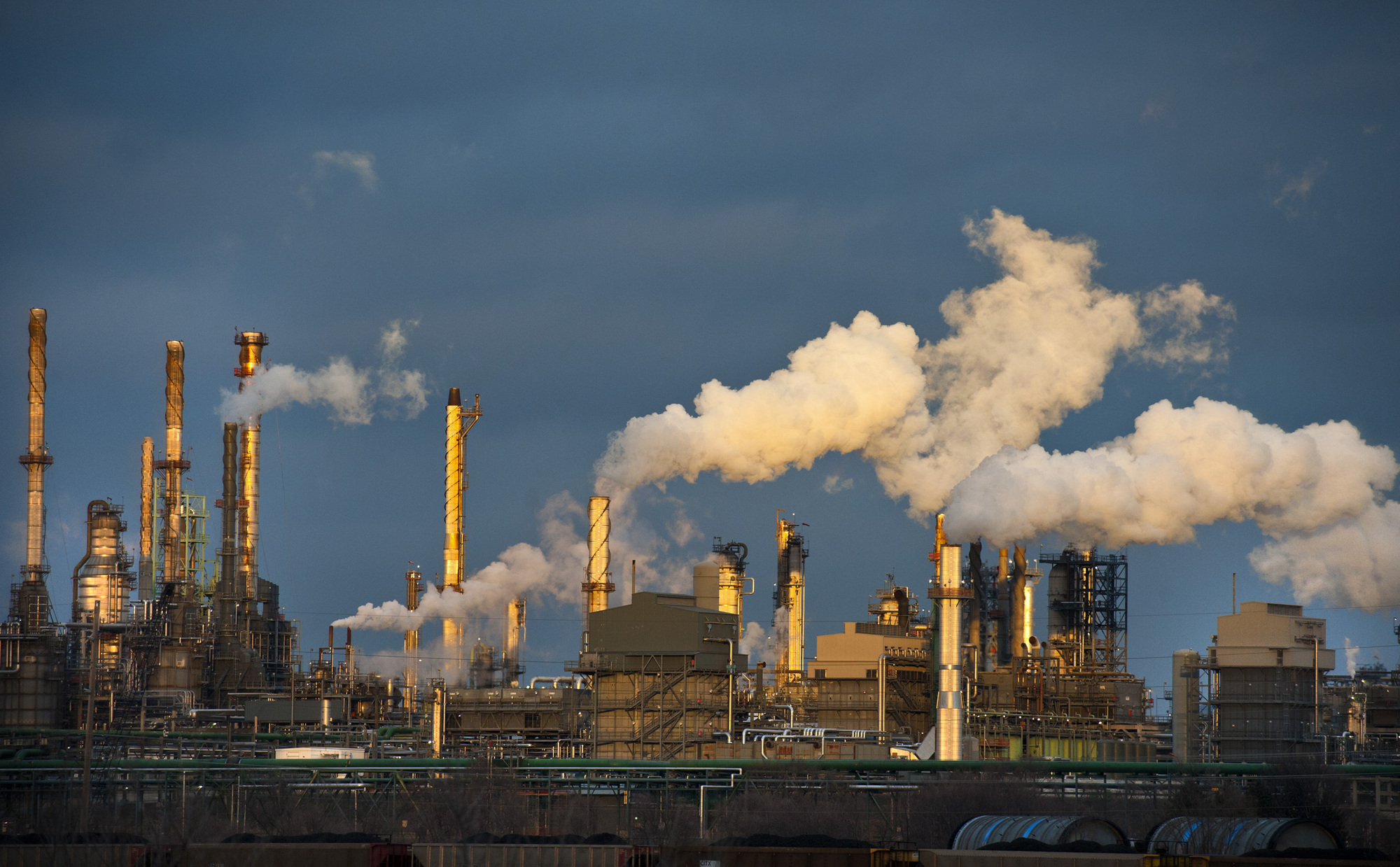Rep. Jason Lewis is clueless about so much
May 21st, 2018
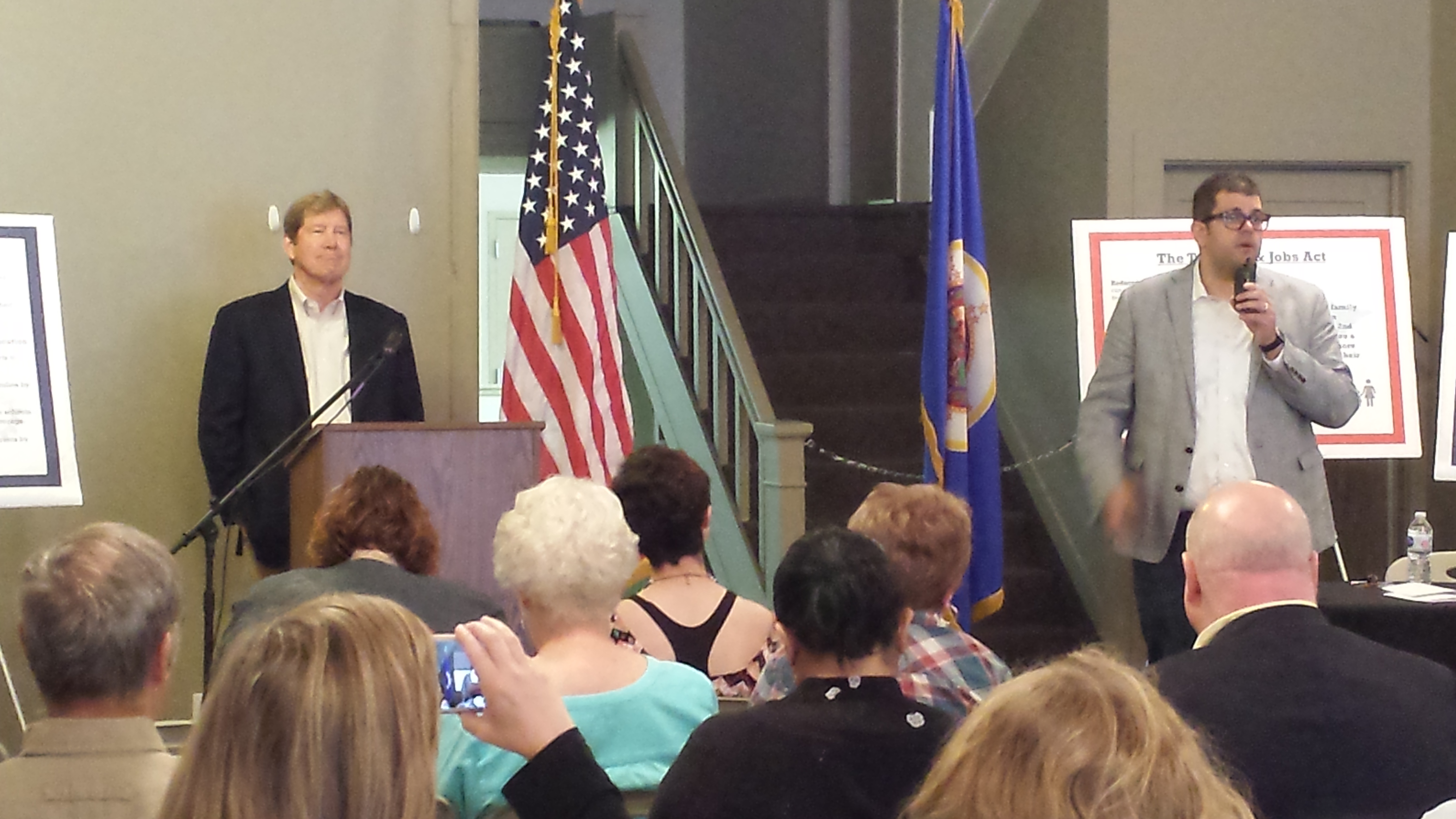
“Our” CD2 Rep. Jason Lewis does not represent me (nevermind that he doesn’t even live in this Congressional District!!). He demonstrated at his “Town Hall” meeting that he is clueless about so much. He hasn’t held Town Hall meetings and is obviously afraid of his “constituents.”
Don’t be distracted by procedure, his ticket lottery, or the attempts to shut up and shut down constituents.
What’s important about this is taking note of the issues he’s most vulnerable on as displayed at the “Town Hall:
- Harsh positions on immigration position without recognition of role and work of immigrants in CD2;
- Food stamp work requirements without recognition that Minnesota already has work requirement laws and that people working at minimum wage qualify for food stamps and child care must be available for people to work (and cost of child care is often equal to pay for low wage jobs).
- Spouting the “anti-college” mindset, when it’s not binary. We need to have all educational options available and accessible to anyone who wants to learn, whether a trade, a B.A./B.S, and/or grad school — I’ve been to all of the above, and could never have gotten a B.A. without 916 VoTech and truckdriver training! Anyone who can make the grade should be welcomed. Education is the key to economic stability — well, coupled with home ownership so people can weather economic crisis and invest in community.
- He talks around climate change and rather than address cutting emissions, he promotes nuclear and Yucca Mountain. Yucca Mountain was proven unworkable, what, a decade ago?
- Statements about “what’s causing the shootings?” and going on about mental illness and mentally ill should not own guns. Earth to Mars, that’s not the issue. It’s about mental dysfunctionality and white supremacist ideation at the root of nearly all mass shootings.
Jason Lewis, it’s time for you to go.
2nd CD race in The Nation… and Koch Refinery
September 4th, 2016
The Terrible Mini-Trump of Minnesota — and the Progressive Who’s Running Against Him
This is an odd article. Lewis is indeed terrible, and doesn’t even live in the district (not a requirement for Congress — that needs to be changed), and Angie Craig is a “progressive” NOT! They’re both wealthy corporate toadies, with Craig’s flavor distinctly DFL and edging a bit left, but more in the middle, and not nearly far enough to be labeled “progressive” nor to offset the extreme reactionary Republican politics of Lewis.
But what’s most odd about this is the articles’ digging into the politics of oil in Minnesota, of pipelines, and of environmental groups doing the deals that benefit the Koch Bros. It’s good to see this receive some scrutiny. From the article:
NOTE: PINE BEND/KOCH REFINERY IS LOCATED IN THE 2nd CONGRESSIONAL DISTRICT.
The article then starts in on the EPA and the Clean Water Rule, contested by Republicans, and we know well of Republican efforts to eliminate the EPA. But it also correctly reports that “our” Sen. Amy Klobuchar vote with Republicans against the Clean Water Rule, and only after pressure changed her vote the next time it came up. There’s nothing green about Sen. Amy Klobuchar!
As for the refinery, here’s how they work, buying out local governments and “environmental” groups — from the article:
The refinery became notorious in the 1990s for toxic pollution, especially of the water. Flint Hills Resources, the Koch brothers’ company that runs the refinery, paid millions of dollars in environmental fines in the 1990s and 2000s. At the same time it launched a major greenwashing effort, which continues today: help for Minnesota ducks, support for Minnesota Public Radio, funding a children’s theater festival in St. Paul. An example of the Koch spin: As part of a 2013 plan to expand the refinery, the company announced that it had signed an agreement with two environmental groups to “cut greenhouse gas emissions at the refinery by about 52,000 metric tons per year.” Cutting emissions—what could be better? Except that the “cut” is “about a fifth of the total expected increase from the project.” That means the net increase in greenhouse-gas emissions will be 260,000 metric tons—into the air south of the Twin Cities—every year.
“… pollution… especially of the water.” ??? Here’s the deal referenced above, one that anyone challenging pipelines, refineries, water pollution, and air emissions, should be aware of, a deal between “Flint Hills Refinery,” Minnesota Center for Environmental Advocacy (MCEA) and the Environmental Integrity Project (EIP) (can you believe that name?!?!) where the “environmental” orgs backed off on their air emissions permit challenge:
This deal was found online, on the EIP website, and then was removed from the page but the link remains (Here’s the link to EIP posting — download HERE NOW before it disappears). I’d posted this back in 2013:
MCEA deal with the Koch Bros?
A cool $1 million went into a fund to “reduce PM 2.5” through a diesel program, that’s the part that was made public. Is there other money passed out for this agreement? And there’s this:
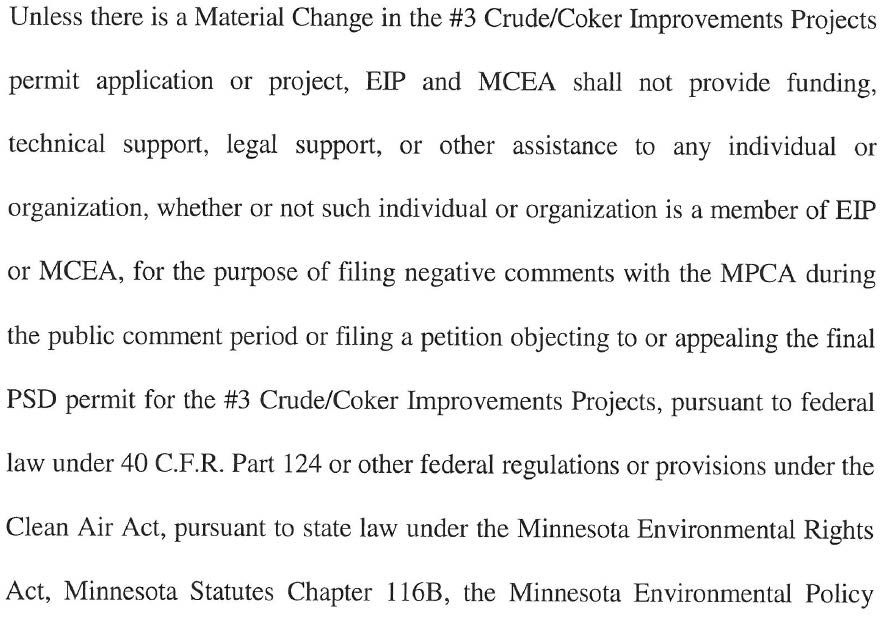
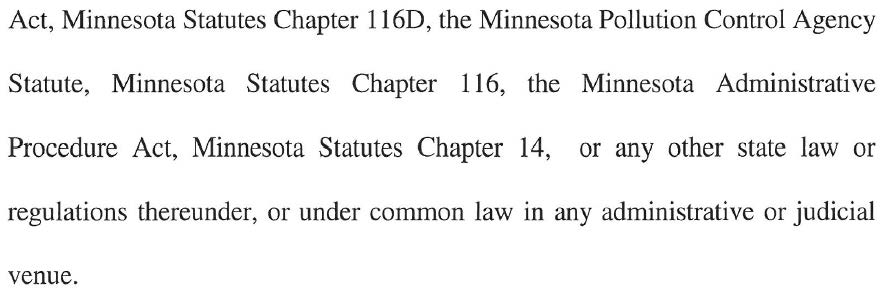 And most importantly, the Confidentiality clause!
And most importantly, the Confidentiality clause!
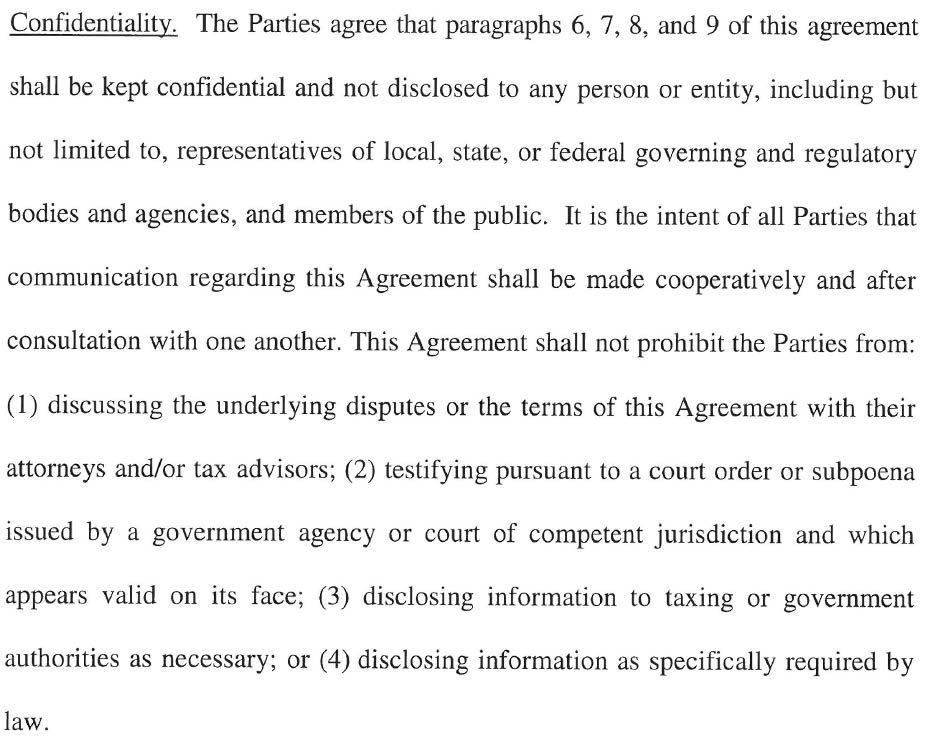 Were there other deals? This one was to be kept “confidential.” (Again, the link to EIP posting — download HERE NOW before it disappears) From my years of work and association with United Citizens Action Network (U-CAN) against the CapX 2020 transmission project, and knowledge of their isolation in fighting the MinnCan pipeline, which went from the Bakken oil fields to the Pine Bend/Koch refinery, that NO “environmental” groups intervened against that pipeline, and that only MPIRG tried to help U-CAN, it’s hard to believe that there was not a deal of some sort. The silence was deafening.
Were there other deals? This one was to be kept “confidential.” (Again, the link to EIP posting — download HERE NOW before it disappears) From my years of work and association with United Citizens Action Network (U-CAN) against the CapX 2020 transmission project, and knowledge of their isolation in fighting the MinnCan pipeline, which went from the Bakken oil fields to the Pine Bend/Koch refinery, that NO “environmental” groups intervened against that pipeline, and that only MPIRG tried to help U-CAN, it’s hard to believe that there was not a deal of some sort. The silence was deafening.
To look up the MinnCan pipeline docket, go HERE and search for dockets 05-2003 for the Route Permit and 06-02 for the Certificate of Need (Note the pipeline company is sometimes “Minnesota Pipeline Company” and “Koch Pipeline Company.”). Note the lack of an Environmental Impact Statement, the due process issues, and NO intervenors in the Certificate of Need, and none of the “environmental” orgs in Minnesota intervened in routing either… what a mess that was.
Do tell — what are the positions of Jason Lewis and Angie Craig on the air and water pollution from the refinery in CD2? Where are the Minnesota “environmental” organizations on the air and water pollution from the refinery and the Bakken BOOM! oil trains in CD2?
Jason Lewis and I agree? Not quite…
September 18th, 2011
A little birdie told me there was an op-ed in the STrib that I had to read. Sure enough…
The birdie cocked his shining eye and said:
Ok, how cool is it that I now have my answer to the question “what could Carol and Jason Lewis possibly agree on?”
It’s close but not quite. Not by a long shot… and close doesn’t count. Lewis is not doing anyone any favors with this piece. He’s agitating by deviating away from the problems with this project, and by unreasonably tying it to selected others, both projects and people, he’s misfiring. He may get people worked up, but they’ll miss the boat too.
Look at the way he frames sand mine opposition and AWA Goodhue Wind Project opposition, and his claim that “environmental activists” are stopping the fracking sand mine, but ignoring the on the ground environmental activists who are tracking, (photo)shooting eagles, pulling in USFWS to document the eagles. And he’s framing mine opposition and AWA Goodhue wind opposition as separate universes when there are many opposed to both and for a variety of reasons. He also frames it as a partisan issue when it is not — there’s strong bi-partisan support for wind. There is strong bi-partisan opposition to wind. Has he forgotten that the Green Chameleon was a champion of wind, coal gasification, and transmission? Has he forgotten that Republican House Speaker Steve Sviggum bought in hook, line and sinker and promoted wind generally and C-BED specifically, that the 2005 Energy Omnibus Bill from Hell couldn’t have passed without him, and look at the way it turned out… somehow the plans for the first C-BED wind project out the chute had a turbine and substation on Sviggum’s land??? What, Lewis didn’t forget… he didn’t know? Oh, right… uh-huh… oh, my…
And he ends on this note, which is blatant misrepresentation:
… silica sand mining (primarily used to make glass) has been a fact of life in the upper Mississippi Valley for as long as anyone can remember. In fact, there are sand- and gravel-mining operations in every county in Minnesota, according to the state Department of Natural Resources.
Really!!! And there’s no mention of the Wabasha County silica sand mine moratorium, begun a couple months ago. Statements like that don’t do anything for his credibility, and don’t help us get any closer to a turn-around of the PUC decision.
I do trust my “little birdie” doesn’t really think Jason Lewis is expressing my take on this!!!
Here’s the whole thing, get out the waders:
Right here in Minnesota, a windfall of bad policy
Wind-energy projects are damaging to nature, to taxpayers and to residents, but onward they buzz.
Oh, and in case you’re wondering, the Energy Information Administration reports that, by comparison, subsidies for coal and natural gas come in at just 44 and 25 cents per megawatt hour, respectively.
It gets worse.
State Rep. Tim Kelly, R-Red Wing, is calling on the PUC to decertify the project as a Community Based Energy Development eligible for the Minnesota’s CBED tariff (read rate hike) in the Power Purchasing Agreement between Xcel Energy and AWA Goodhue — if for no other reason that the word “community” in this case statutorily means based in Minnesota, not Texas.
The Minnesota PUC, like successive Republican and Democratic administrations, seems hellbent on ending local control over wind developments that swallow up thousands of acres, relying instead on the state’s renewable energy standards.
Enacted under the euphemistic title of “next-generation energy” legislation in 2007, the ill-advised mandate means that Minnesota utilities are now busy passing along the costs to ratepayers.
Because generating power from wind is about as reliable as, well, the weather, utilities will still need to pay for steadier sources as backup. As a result, a Beacon Hill Institute study says the average Minnesota household will have paid an extra $1,814 for electricity by the time the standards are fully implemented.
Regardless of the economics, it’s becoming quite obvious that these mammoth wind developments are every bit as damaging to Mother Nature as anything the fossil-fuel industry could dream up.
For the price of intermittent power, nearby homeowners put up with 400-foot towers with flashing lights; high-voltage transmission lines; flickering shadows from 95-foot rotors, along with the potential for dangerous ice shards flying off the blades during winter, and near-constant high- and low-frequency background noise disturbing to the human ear.
Estimates vary as to how many birds are slaughtered each year due to wind power, but it’s certainly in the tens of thousands.
The Washington Post reports that “one of the nation’s largest wind farms, the Altamont Pass Wind Resource Area near Livermore, Calif., has killed an average of nearly 2,000 raptors annually, including more than 500 eagles, over four years, according to federal agencies and bird watchers.” Hardly good news for the bald eagle along the Mississippi flyway for migratory birds.
Where’s the Endangered Species Act when you need it?
Meanwhile, hope for a more-sensible energy future remains hostage to a few activists who get their talking points from movies like “Gasland” (environmentalists used to love natural gas until they realized you had to drill for it). Hydraulic fracturing, known pejoratively as “fracking,” has the potential to dramatically alter America’s economic landscape by lowering the costs of domestic energy production.
The Rand Corp. (a nonprofit research organization) says there are 800 billion barrels of recoverable shale oil — three times the reserves of Saudi Arabia — in the United States alone. Remarkably, “if the full potential of domestic oil and gas production could be achieved while also increasing imports from Canadian oil, all of America’s liquid fuels could come from secure North American sources within 15 years,” notes the American Petroleum Institute in a study released last week.
One key component of fracture drilling is silica sand, ubiquitous in the sandstone bluffs throughout southeastern Minnesota. That’s why another Texas company, Windsor Permian, wants to start constructing sand mines and transportation facilities in and around Red Wing for its operations in the lucrative Permian basin. And it plans to do it with no “renewable energy credits” or state CBED tariffs.
It seems that something which is viable needs no subsidy — while all the subsidies in the world won’t make viable that which isn’t.
Alas, the Goodhue County Board adopted a one-year de facto moratorium on the Windsor project earlier this month, despite the fact that silica sand mining (primarily used to make glass) has been a fact of life in the upper Mississippi Valley for as long as anyone can remember. In fact, there are sand- and gravel-mining operations in every county in Minnesota, according to the state Department of Natural Resources.
No matter, because for now our energy future is just blowin’ in the wind.
* * *
Jason Lewis is a nationally syndicated talk-show host based in Minneapolis-St. Paul and is the author of “Power Divided is Power Checked: The Argument for States’ Rights” from Bascom Hill Publishing. He can be heard from 5 to 8 p.m. weekdays on NewsTalk Radio (1130 AM) or online at jasonlewisshow.com.
